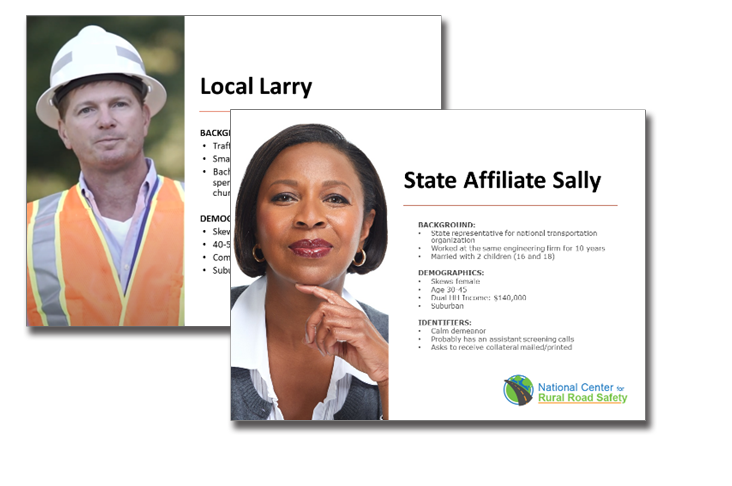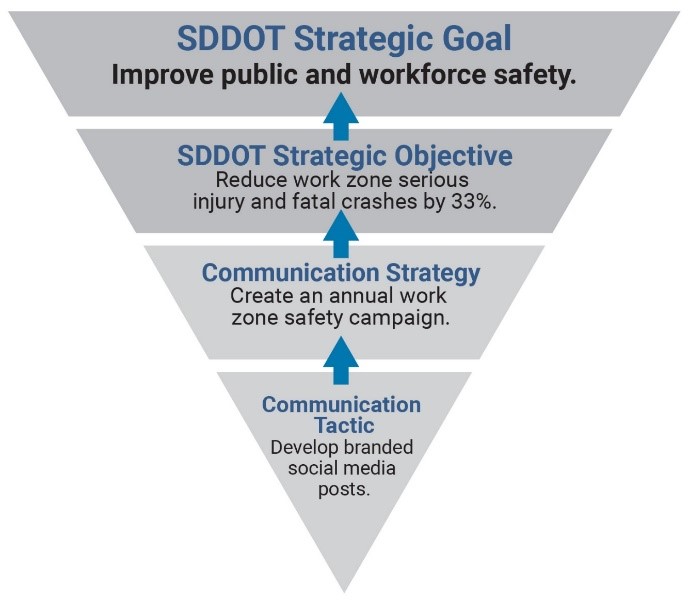Strategic Communication Planning

Effective communication starts with strategic thinking.
Your agency doesn’t just need another short-term campaign. It needs a long-range plan.
Most agencies have no plan at all; they are living project to project. This leads to inefficiency, duplicated effort, and no clear idea of what your agency represents to the world.
Our Process
We have researched and written many communication plans across the country for government agencies like yours. Here’s our process.
Elements of the Communication Plan
Situation analysis and goal setting. What do people think of your agency? It is easy to misunderstand what you want them to think vs. what they actually think. That’s why we start every communication plan with research on your market, your audiences, and what you’re trying to accomplish. Then we know your real situation so we can craft a plan to realistically achieve your goals.
Conduct a SWOT analysis. Based on our research, we conduct a Strengths, Weaknesses, Opportunities, and Threats (SWOT) analysis to help us crystalize and articulate your position in the minds of your agency’s target audiences.
Identify target audiences. Next, we define specific target audiences. The “general public” is never an audience. We will be much more specific than that. We develop profiles, called audience personas, of representative audience members that guide messaging and strategy. This step brings clarity and puts a face on target audiences to make them more real when planning communications.
Develop key messages. Clear audience personas lead to clear key messaging. For each persona, we develop a simple table of messages that resonate with them and will drive them to engage with your agency.
Develop strategies and tactics. Once we know exactly who we are communicating with and what messages will move them, we develop relevant strategies and detailed tactics to achieve your goals.
Define measurement and performance mechanisms. Wherever possible, we will tie each tactic to a measurable outcome. This ensures the plan is focused and effective and is likely to produce results. For instance, some key performance indicators (KPIs) we typically use include increased:
- Digital measures like website traffic, email subscriber growth, email open and click rates, and video views.
- Webinar attendance
- Webinar requests
- Technical assistance requests
- Social media engagement and feedback
Qualitative measures include feedback from webinars, meetings, and conferences, and other interactions with your audiences. The combination of hard quantitative data and story-driven qualitative information provides a well-rounded picture of marketing performance that we use to continually improve.
Create a timeline of activities. We will develop a timeline of strategies and tactics as a Gantt chart in a Google Sheet to track progress.
We have delivered marketing plans like this for the national FHWA transportation workforce development campaign “Roads To Your Future,” the South Dakota Department of Transportation, the FHWA Office of Innovative Program Delivery, the FHWA Center for Accelerating Innovation, the Center for Transportation Workforce Development, and more than 10 FHWA Every Day Counts implementation teams.


